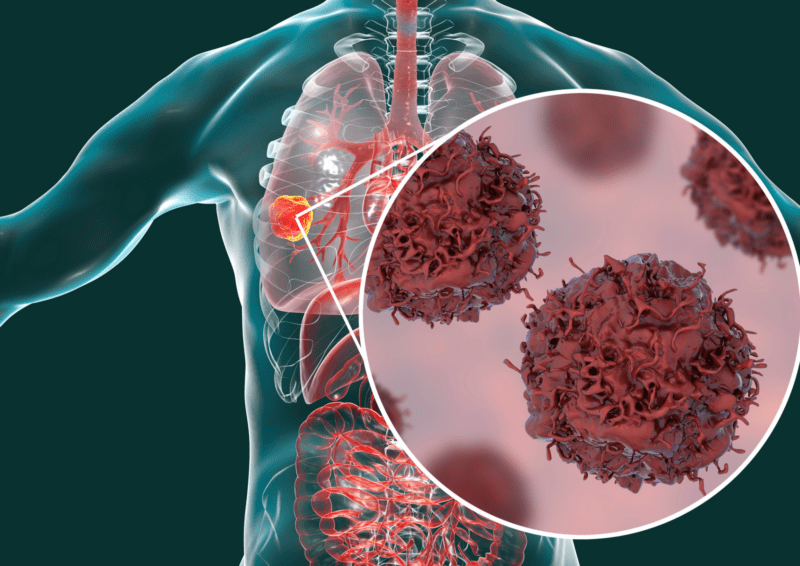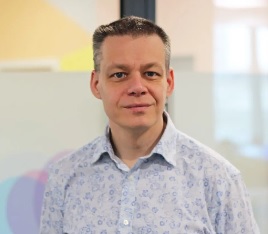Shaping the Future of Lung Cancer Treatment
The 12th of April is a landmark day each year for our VP of Oncology Drug Discovery, Dr Allan Jordan. But will it become a landmark day for cancer research? He shares his thoughts below…
What’s so special about April 12th?
Yesterday was the 12th of April, which is always a significant day on the calendar for me. As a self-confessed space nerd, the International Day of Human Spaceflight is a day always worth a small commemoration. Sixty-two years ago, Yuri Gagarin became the first human to reach orbit, opening the doors to the cosmos. Exactly twenty years later, the US Space Shuttle made its maiden flight. It was Gagarin’s first flight that accelerated the nascent Space Race, leading to the first moon landing and, later, cooperative ventures such as the International Space Station. In my science engagement talks on cancer, the topic of “Why can we land on the moon but not cure cancer?” is a frequent talking point (as discussed here).
So, it seems fitting that it was yesterday that the results of another hugely complex collaborative venture were released in seven publications across Nature and Nature Medicine. The TRACERx [Tracking non-small cell lung Cancer Evolution through Therapy (Rx) ] project, coordinated by Professor Charles Swanton at the Francis Crick Institute, has now disclosed its findings after a seven-year exploration of the evolution of lung cancer. The most complex and in-depth investigation of cancer evolution to date, these studies allow us to get a much better understanding of how tumours evolve, evade therapies and disseminate around the body.

Charting new trajectories
Several years ago, in a talk at the American Association for Cancer Research (AACR) Annual Meeting in 2014, I recall Bert Vogelstein describing the complex heterogeneity of cancer and discussing the complexities, and opportunities, this offered for novel cancer therapeutics. This new study further details evolutionary heterogeneity, specifically in lung cancer, but the findings are highly likely to be applicable to many other cancer types. Over four hundred patients participated in the study, offering over sixteen hundred tumour samples alongside blood samples used to detect circulating tumour cells (CTCs) over seven years. These were analysed in exquisite detail to understand the genetics of how the tumours developed. And there are some worrisome headline findings.
- As Swanton comments, cancer has an “almost infinite” ability of tumours to evolve and survive”, making the chances of a universal cure highly unlikely.
- Tumours are driven to evolve by the very treatments we use to treat them, developing resistance and increasing their aggressiveness as a response to cytotoxic chemotherapy.
But there are early positives from the study, too:
- A deeper understanding of cancer evolutionary genetics will help to reveal novel therapeutic options and new drug targets.
- The study of CTCs has demonstrated the utility of these less-invasive biomarkers for the detection of early relapse and cancer progression, ahead of other detection methodologies. In some cases, more than 200 days sooner…
- Higher levels of genetic chaos highlight patients at greater risk of metastatic disease and relapse, helping to identify those who require more stringent monitoring after therapy.
As we head toward this year’s AACR meeting in Orlando, I’m sure these papers will be the subject of intense debate, and there is much in these papers to read and digest on the flight. But maybe we have taken another small step, or maybe even a giant leap, toward a better understanding of how to deliver more effective early diagnoses, monitoring, and next-generation therapies for patients with cancer.
Dr Allan Jordan, an esteemed member of the cancer research community, will be attending this year’s AACR conference, with other senior members of our oncology team, to share his valuable insights and knowledge. If you would like to learn more about his experiences and perspectives from last year’s AACR event, please click on the following link.

